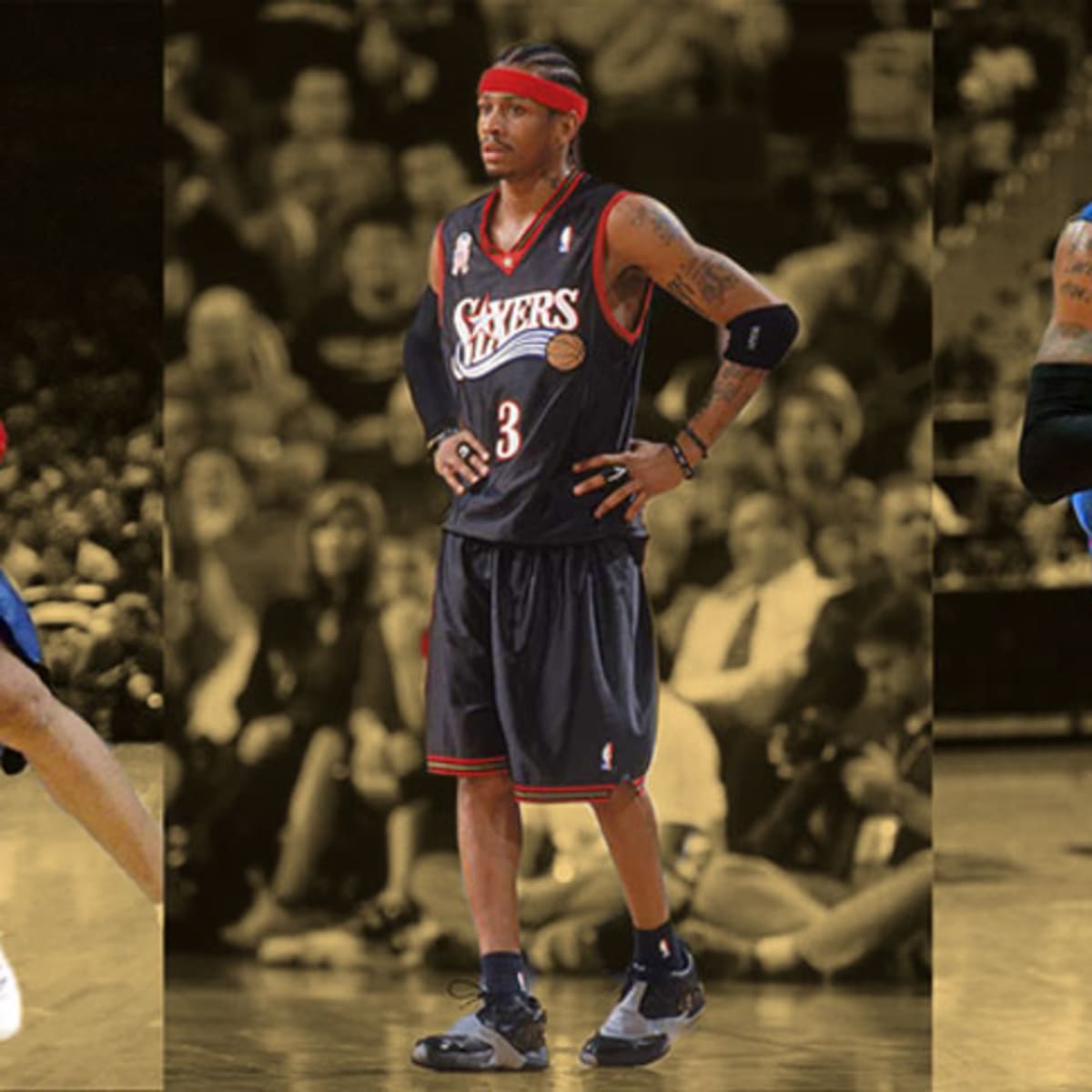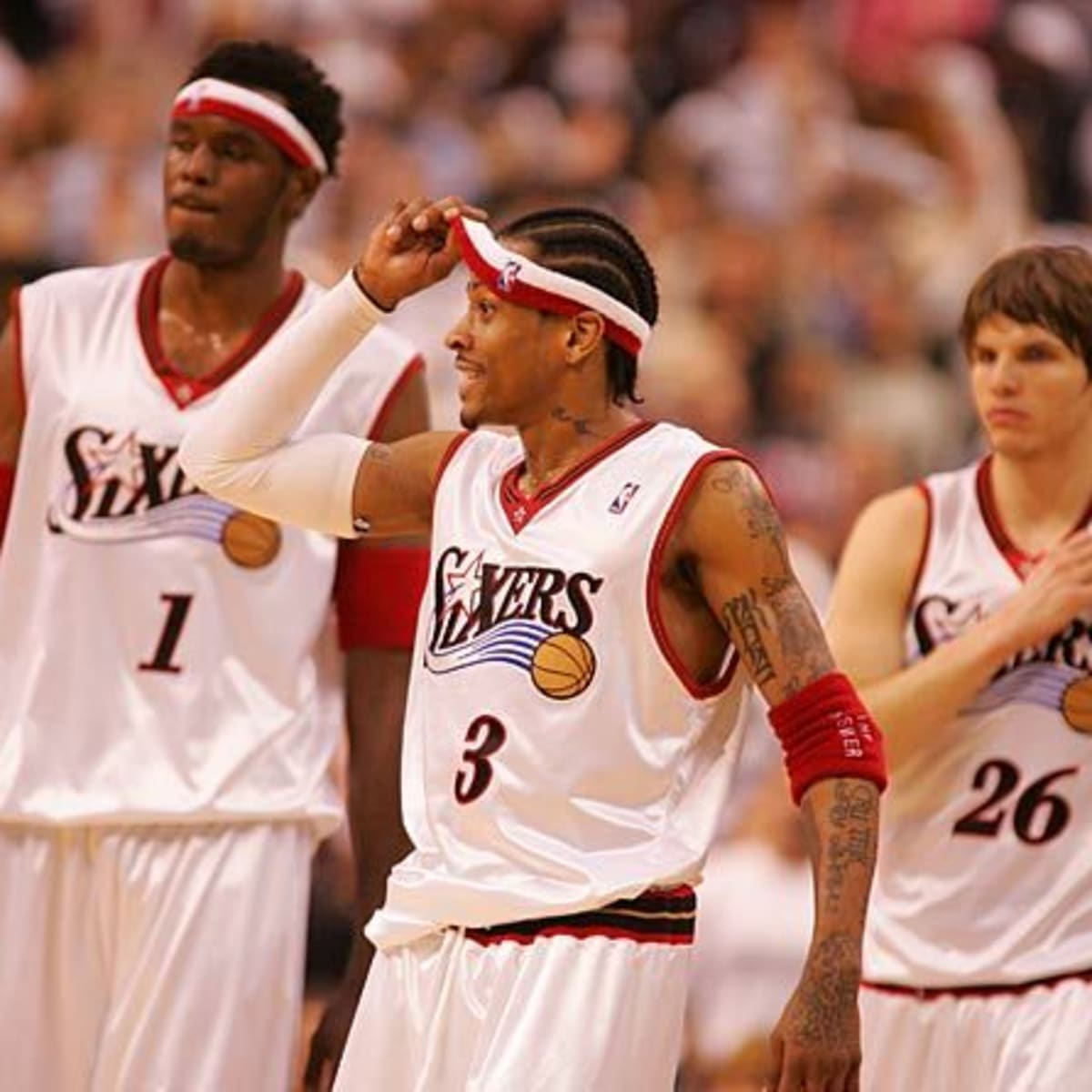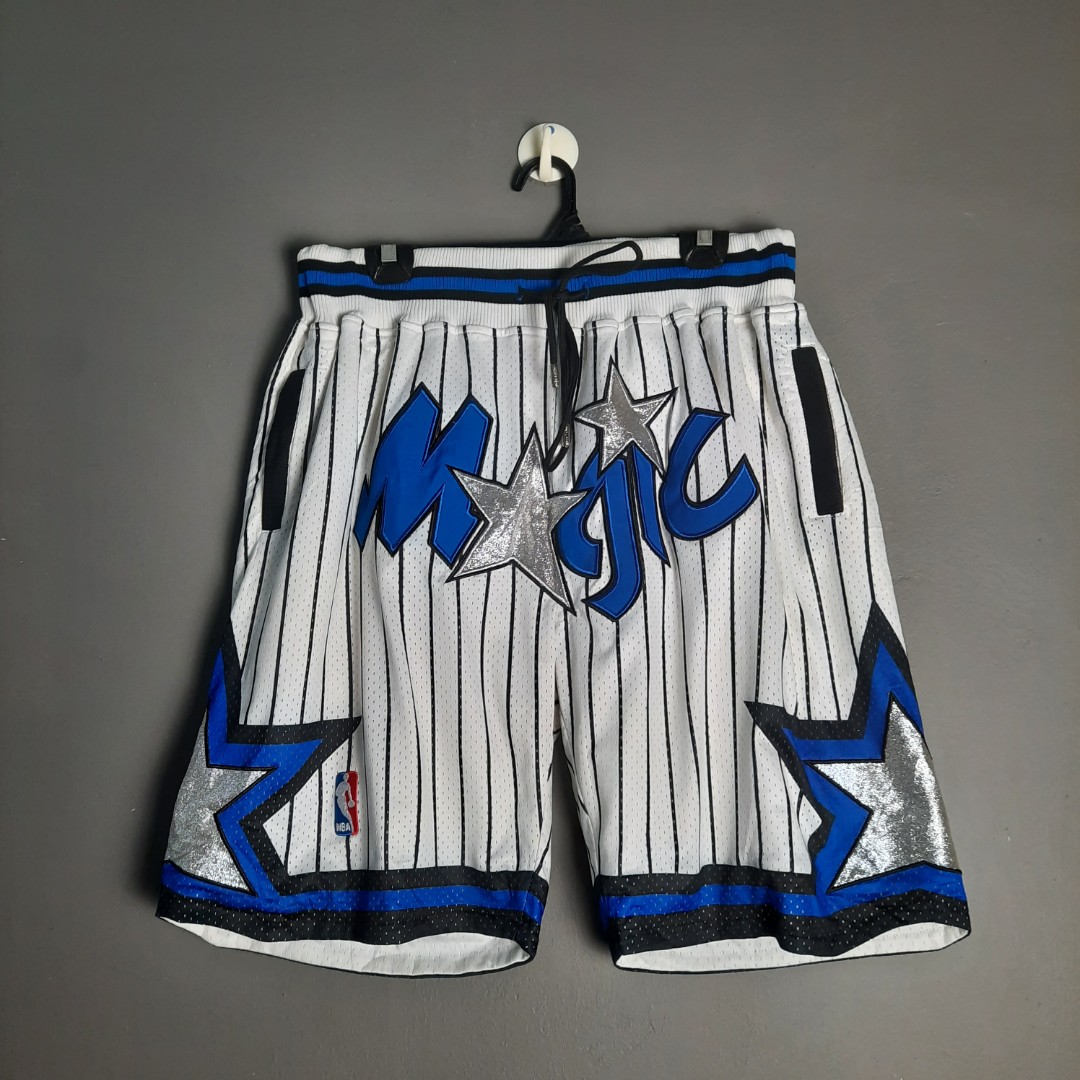Introduction
The evolution of NBA fashion has been as dynamic as the game itself. Among the most notable transformations in basketball attire is the rise of long shorts. Once a minor detail in the broader spectrum of sports fashion, long shorts have become a defining element of NBA culture. Their journey from a functional garment to a style statement is a fascinating story of sports evolution, cultural shifts, and individual expression.

Origins and Early Adoption
The story of NBA long shorts begins in the 1980s, a time when the league was experiencing rapid growth and the sport was becoming increasingly popular. At this time, players predominantly wore shorts that were much shorter than what we see today. These early shorts were practical and functional, designed to allow freedom of movement on the court. However, as basketball gained more media attention, the aesthetic of the game began to evolve alongside its athletic demands.
One of the pivotal moments in the transition to longer shorts occurred during the 1980s when NBA players like Michael Jordan and Magic Johnson began to embrace a more relaxed fit. This change was driven not only by personal comfort but also by a desire to stand out and make a statement. The trend started gaining traction and began to signify a broader cultural shift towards a more casual and expressive style in sports.
The 1990s: The Era of Iconic Length
The 1990s marked a significant turning point in the history of NBA shorts. The introduction of the 1992 Dream Team, which competed in the Barcelona Olympics, was a landmark event. The team, comprised of legendary players such as Michael Jordan, Larry Bird, and Magic Johnson, wore longer, more relaxed shorts that became iconic. These shorts were not just functional; they were a fashion statement. The Dream Team’s influence on basketball culture was profound, and their style quickly permeated the NBA.
The popularity of longer shorts was further solidified by the success of this Dream Team. As they won gold medals and captivated audiences around the world, the new style of shorts became synonymous with success and global recognition. The longer shorts were embraced as a symbol of modern basketball, representing both athletic prowess and a relaxed, confident demeanor.
Cultural Impact and Fashion Evolution
The influence of NBA long shorts extended beyond the court and into mainstream fashion. The style was adopted by basketball enthusiasts, streetwear brands, and even those who had no direct connection to the sport. Long shorts became a symbol of casual coolness and athletic style. Brands began to capitalize on this trend, producing a wide range of basketball-inspired apparel that featured longer shorts.
The cultural impact of long shorts is also evident in the way they have been integrated into various fashion subcultures. From hip-hop and streetwear to high fashion, the extended length of NBA shorts has become a versatile element in modern wardrobe choices. They represent a blend of athletic functionality and urban style, appealing to a diverse audience both on and off the court.
Players and Personal Expression
As NBA players continued to embrace longer shorts, they began to use them as a canvas for personal expression. Players started customizing their shorts with unique designs, patterns, and colors, reflecting their individual personalities and tastes. This shift from standardized, uniform shorts to more personalized designs marked a new era in basketball fashion.
The influence of star players, who have used their platform to showcase their style, cannot be understated. Players like LeBron James, Stephen Curry, and Kevin Durant have continued to push the boundaries of NBA fashion, incorporating long shorts into their on-court attire and personal branding. Their choices have further cemented the long shorts as a central element of contemporary basketball fashion.
Modern Trends and Future Prospects
Today, long shorts remain a staple in NBA fashion, though their popularity has seen fluctuations. The rise of athleisure and the integration of sportswear into everyday fashion have ensured that long shorts continue to be relevant. Modern designs often feature advanced materials and technologies that enhance performance and comfort, reflecting the ongoing evolution of sportswear.
The future of NBA long shorts is likely to be shaped by ongoing trends in both fashion and technology. Innovations in fabric and design will continue to influence the style and functionality of basketball shorts, ensuring that they remain a significant aspect of NBA culture. As basketball continues to evolve and adapt to new trends, the long shorts will undoubtedly continue to be a prominent feature in the sport’s ever-changing landscape.

Early Days: The Short Shorts Era
In the early days of professional basketball, NBA shorts were notably shorter and more conservative in design. During the 1950s and 1960s, players wore shorts that typically ended well above the knee, a style that mirrored the general fashion trends of the time. These shorter shorts were designed with practicality in mind, providing athletes with the necessary freedom of movement while adhering to the fashion norms of the era. This design was functional but far from a fashion statement, focusing primarily on utility rather than style.
As the 1970s approached, the trend for shorter shorts continued, and this was particularly evident in the NBA. The emphasis remained on functionality, but the rising visibility of basketball players and the increasing media coverage began to shift perceptions. The shorter shorts became a defining element of the basketball uniform, representing the sport’s traditional aesthetics and its focus on athleticism.
The 1980s: The Shift Begins
The 1980s marked the beginning of a significant transformation in NBA shorts. This era saw the introduction of longer shorts, a change that was both functional and stylistic. The shift was driven by several factors, including the desire for increased comfort and a growing trend towards a more relaxed and casual style in sportswear.
One of the most notable figures in this transition was Michael Jordan. As Jordan entered the league and quickly became one of the most iconic players in NBA history, his style on and off the court began to influence broader fashion trends. Jordan, along with other players, started wearing shorts that extended beyond the knee, offering a more relaxed fit that resonated with the evolving fashion sense of the time.
The 1992 Dream Team: A Cultural Milestone
The 1992 Summer Olympics in Barcelona were a turning point for NBA fashion, particularly concerning the length of basketball shorts. The U.S. men’s basketball team, famously known as the “Dream Team,” showcased the longer shorts to a global audience. The Dream Team, featuring legends like Michael Jordan, Magic Johnson, Larry Bird, and others, wore shorts that were longer and more relaxed than those seen previously.
This international stage amplified the influence of longer shorts, making them a symbol of both athletic success and modern style. The Dream Team’s dominance and style had a profound impact on basketball culture, with their longer shorts quickly becoming a trend embraced by players and fans alike. The extended length of the shorts became associated with the team’s success and global appeal, marking a significant shift in basketball fashion.
The 1990s and Early 2000s: Mainstream Adoption
Following the Dream Team’s influence, the 1990s saw a widespread adoption of longer shorts across the NBA. Players began to favor this new style, which offered both comfort and a sense of personal expression. The trend extended beyond the court, as fans and streetwear enthusiasts embraced the look, leading to a broader cultural phenomenon.
The 1990s also saw the rise of basketball-themed fashion lines and merchandise. This era saw a blend of athletic wear and casual fashion, with longer shorts becoming a symbol of coolness and street style.
During the early 2000s, the longer shorts trend continued to dominate, with many players opting for even longer styles. This period saw the introduction of various design innovations, including the use of lighter, moisture-wicking fabrics that enhanced both performance and comfort. The longer shorts had become a fixture in NBA fashion, reflecting the evolving tastes of players and fans.
Modern Trends: Athleisure and Personal Expression
In recent years, the trend of longer NBA shorts has continued to evolve, reflecting broader changes in sportswear and fashion. The rise of athleisure—a style that blends athletic wear with everyday fashion—has played a significant role in shaping modern basketball attire.
The influence of individual players remains strong, with stars like LeBron James, Stephen Curry, and Giannis Antetokounmpo pushing the boundaries of basketball fashion. These players often incorporate unique designs, colors, and patterns into their shorts, reflecting their personal styles and branding. This trend towards customization and personal expression has further solidified the place of long shorts in contemporary NBA fashion.
The integration of basketball shorts into mainstream fashion continues to be a significant aspect of their evolution. From high fashion runways to streetwear, the longer shorts have become a versatile element that resonates with a wide audience. The ongoing popularity of long shorts is a testament to their ability to adapt to changing fashion trends while retaining their core elements of comfort and style.
Future Prospects: Innovation and Adaptation
Looking ahead, the future of NBA long shorts will likely be shaped by ongoing innovations in fabric technology and design. Advances in materials will continue to influence the style and functionality of shorts, with a focus on enhancing performance and comfort.
Moreover, as basketball continues to gain global popularity and influence, the long shorts trend may further evolve to incorporate diverse cultural influences and design elements. The adaptability of long shorts, combined with their rich history and cultural significance, positions them as a key element of basketball fashion that will continue to resonate with players and fans alike.

Conclusion
The rise of NBA long shorts is a testament to the dynamic nature of sports fashion and its ability to reflect broader cultural shifts. From their early adoption in the 1980s to their iconic status in the 1990s and beyond, long shorts have become more than just a piece of athletic wear; they are a symbol of modern basketball culture and personal expression. As the game of basketball continues to evolve, so too will the style and significance of long shorts, ensuring their place in the annals of sports fashion history.
